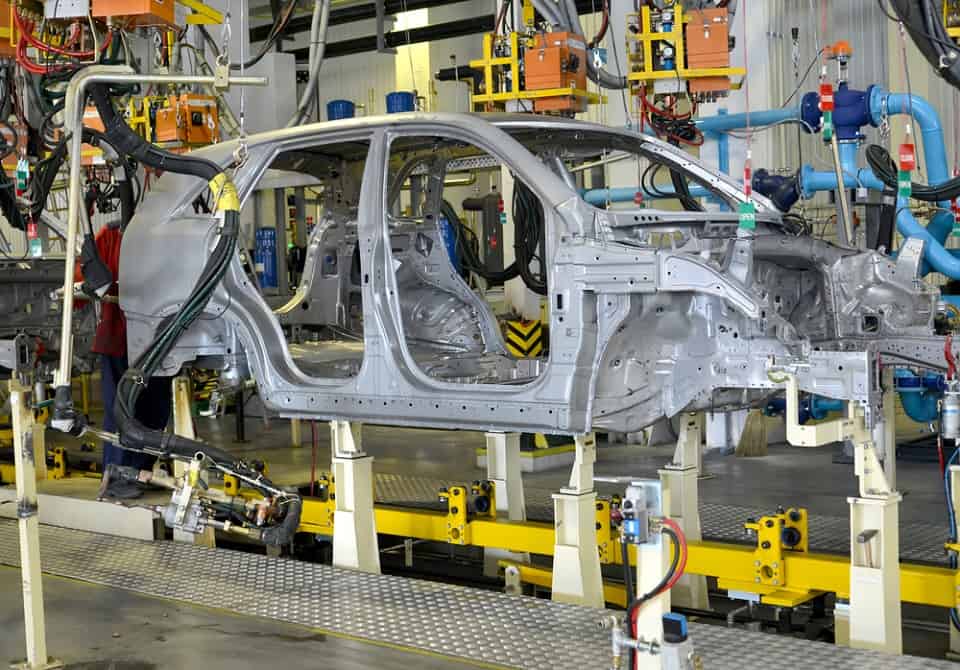What is an Incremental Cost? Definition Meaning Example

Incremental cost is usually computed by manufacturing entities as a process in short-term decision-making. It is calculated to assist in sales promotion and product pricing decisions and deciding on alternative production methods. Incremental cost determines the change in costs if a manufacturer decides to expand production. In essence, it assists a company in making profitable business decisions. If a reduced price is established for a special order, then it’s critical that the revenue received from the special order at least covers the incremental costs.

Incremental Analysis: Definition, Types, Importance, and Example
A very simple example of incremental cost would be a factory producing widgets where it takes one employee an hour to produce one widget. As a simple figure, the incremental cost of a widget would include the wages for an hour in addition to the cost of materials used in production of a widget. A more exact figure could comprise added https://www.instagram.com/bookstime_inc costs, like electricity consumed if the factory had to stay open for a longer duration, or the cost for shipping the additional widget to a consumer. Let’s assess a tobacco manufacturing company’s production capacity.

Term Sheet

By focusing on the changes brought about by a specific choice, managers can evaluate options objectively. Whether it’s a small operational decision or a major strategic move, incremental analysis helps navigate the complexities of business with clarity and precision. Remember, the devil is in the details, and incremental analysis helps uncover those crucial details that drive smart decisions. However, the $50 of allocated fixed overhead costs are a sunk cost and are already spent.

Incremental Costing: How to Calculate and Compare the Incremental Costs and Benefits of Different Options
- Based in Atlanta, Georgia, William Adkins has been writing professionally since 2008.
- In summary, while incremental costing provides valuable insights, decision-makers must recognize its limitations.
- Let us assume you are in the shirt manufacturing business and spend $100,000 to make 10,000 shirts.
- For the past 52 years, Harold Averkamp (CPA, MBA) has worked as an accounting supervisor, manager, consultant, university instructor, and innovator in teaching accounting online.
- Economies of scale occur when increasing production leads to lower costs since the costs are spread out over a larger number of goods being produced.
- Certain costs will be incurred whether there is an increase in production or not, which are not computed when determining incremental cost, and they include fixed costs.
Thus, the above are some benefits that the procedure of marginal cost analysis contributes to incremental cost the entire manufacturing process. To increase the sales to gain more market share, the company can leverage the lower cost per unit of the product to lower the price from ₹ 25 and sell more units at a lower price. Incremental costs are the costs linked with the production of one extra unit, and it considers only those costs that tend to change with the outcomes of a particular decision. It simply computes the incremental cost by dividing the change in costs by the change in quantity produced. As a result, the total incremental cost to produce the additional 2,000 units is $30,000 or ($330,000 – $300,000).

How Does Understanding Incremental Costs Help Companies?
- Prince George’s current minimum wage is $15 per hour — an amount set in 2017 under a 2013 law that implemented incremental increases to what employers must pay.
- Below are the current production levels, as well as the added costs of the additional units.
- Companies look to analyze the incremental costs of production to maximize production levels and profitability.
- This means the $20,000 additional cost will produce 5,000 extra units on your product line.
- For the past 52 years, Harold Averkamp (CPA, MBA) hasworked as an accounting supervisor, manager, consultant, university instructor, and innovator in teaching accounting online.
- The fixed costs are not considered over here because they remain the same.
Alternatively, the company might use incremental cost figures to decide between making the additional units or contracting out the work to another firm and simply purchasing the required units. The tobacco business has seen the significant benefits of the economies of scale in Case 3. The incremental cost was kept lower at $70,000 while producing twice its production capacity, leading to a higher net income. Profitable business decisions include knowing when is the best opportunity to produce more goods and sell at a lower price. This is why incremental cost calculation is essential for decision-makers.
- The incremental cost was kept lower at $70,000 while producing twice its production capacity, leading to a higher net income.
- If no excess capacity is present, additional expenses to consider include investment in new fixed assets, overtime labor costs, and the opportunity cost of lost sales.
- Incremental cost analysis is a valuable tool for tailoring prices to fit special circumstances.
- Incremental costs are expenses, and producing more units at a particular volume can outweigh the benefits.
- Incremental cost is usually computed by manufacturing entities as a process in short-term decision-making.
- It simply computes the incremental cost by dividing the change in costs by the change in quantity produced.
- Examples of fixed costs include rent, insurance and property taxes.
Only the relevant incremental costs that can be directly tied to the business segment are https://www.bookstime.com/ considered when evaluating the profitability of a business segment. In each of these scenarios, incremental costing provides a structured approach to decision-making. By considering both costs and benefits, organizations can make informed choices that align with their objectives. Remember, the devil is in the details, and incremental analysis helps uncover those hidden insights. Manufactures look at incremental costs when deciding to produce another product.

Commenti recenti